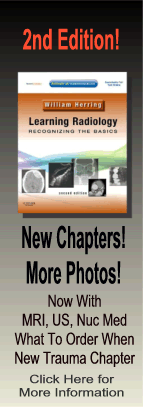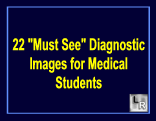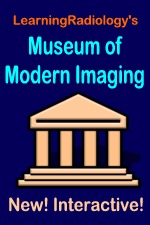| Cardiac | |
|---|---|
| GI | |
| Bone | |
| GU | |
| Neuro | |
| Peds | |
| Faculty | |
| Student | |
| Quizzes | |
| Image DDX | |
| Museum | |
| Mobile | |
| |
Misc |
| Videocasts | |
| Signs | |
Learning
Radiology:
Recognizing
the Basics
Available
on the Kindle
and IPad
LearningRadiology Imaging Signs
on Twitter
![]()
Follow us on
What is the most likely diagnosis?
- 27 year-old with neck pain after fall
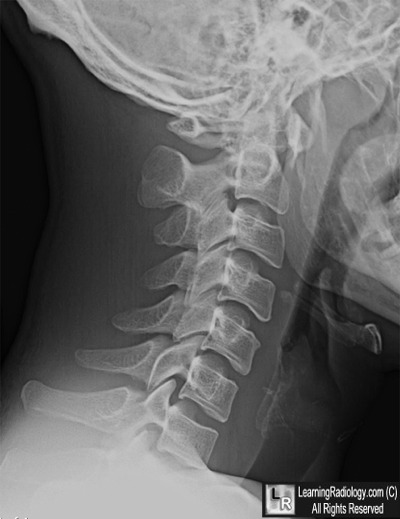
Lateral Radiograph of Cervical Spine
- Foreign Body Impaction
- Atlanto-axial Subluxation
- Lymphoma
- Paget Disease
- Atlanto-occipital Dislocation
Additional Images-None
![]()
Additional Images
None
![]()
Answer:
2. Atlanto-axial Subluxation
More (Click Discussion Tab)
Atlanto-axial Subluxation
General Considerations
- Distance between the anterior surface of the dens and the posterior surface of the tubercle of C1 is usually 3 mm or less in adults and 5 mm or less in children
- This space is called by many names: predentate space, predental space, atlantodental distance
- The distance may increase slightly on flexion in children but is usually unchanged between flexion and extension in adults
- Forward movement of the atlas on the axis is normally restricted by the transverse ligament
MORE . . .
.
This Week
27 year-old with neck pain after fall |
Some of the fundamentals of interpreting chest images |
The top diagnostic imaging diagnoses that all medical students should recognize according to the Alliance of Medical Student Educators in Radiology |
Recognizing normal and key abnormal intestinal gas patterns, free air and abdominal calcifications |
Recognizing the parameters that define a good chest x-ray; avoiding common pitfalls |
How to recognize the most common arthritides |
LearningRadiology
Named Magazine's
"25 Most Influential"
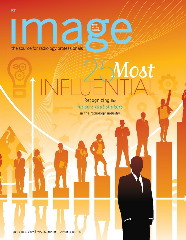
See Article on LearningRadiology
in August, 2010
RSNA News
| LearningRadiology.com |
is an award-winning educational website aimed primarily at medical students and radiology residents-in-training, containing lectures, handouts, images, Cases of the Week, archives of cases, quizzes, flashcards of differential diagnoses and “most commons” lists, primarily in the areas of chest, GI, GU cardiac, bone and neuroradiology. |

